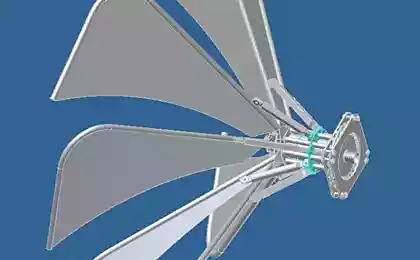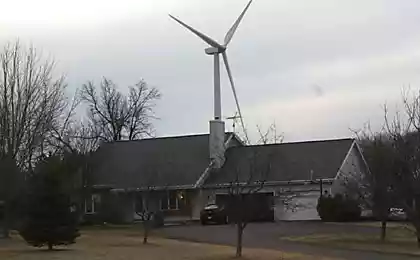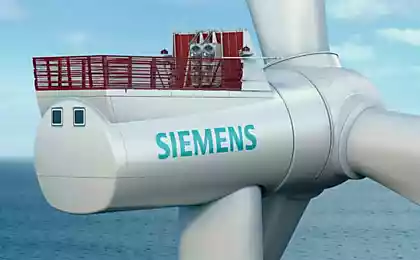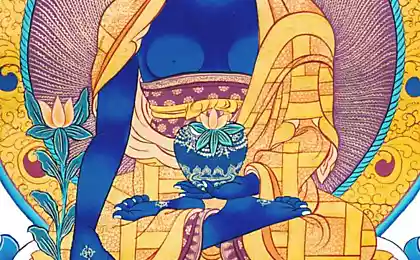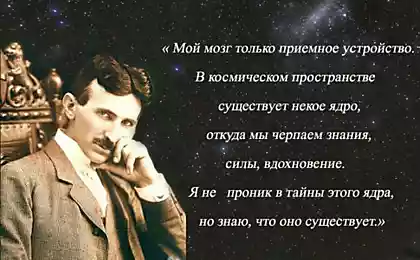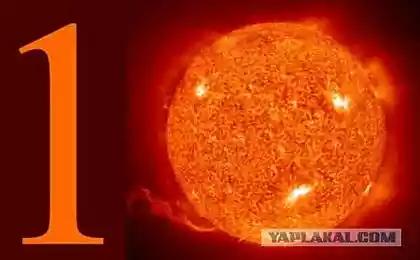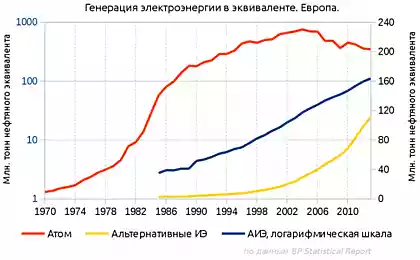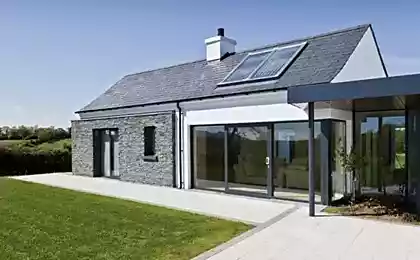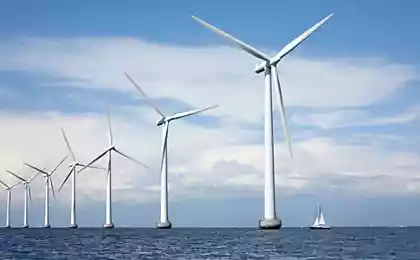516
Wind power and solar no longer an alternative
To the energy of wind, Sun or water frequently used terms are alternative, clean, carbon-neutral or distributed, but each of these terms turns out to be its value. Let us examine the differences between these concepts.
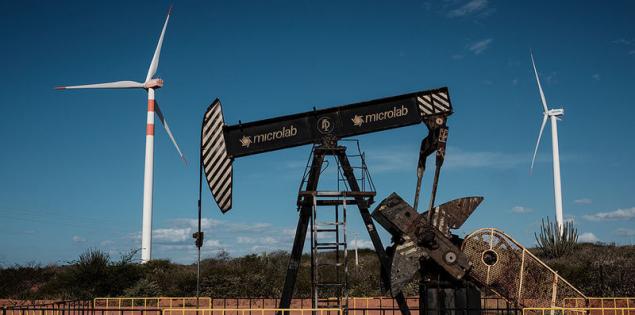
Alternative energy is the form of electricity that does not belong to the dominant paradigm. At the time of 2016, alternative energy cannot be called obsolete forms of generating electricity such as hydro and nuclear power, because they are widespread. It is also interesting that solar energy can not be called alternative, but coal will soon be possible.
Clean energy Is a form of production, which throughout the cycle allocates only a small amount of chemicals, particles, harmful radiation or carbon dioxide. In the production of this energy for any harm to the environment is extremely localized and a global scale almost invisible. From this point of view, wind energy and solar, and nuclear (if the stations are located in safe places) obviously clean, unlike fossil fuels.

Distributed energy Term implies that the energy is produced near the point of consumption, and the surplus is distributed to the grid. An example of this approach is the roof with solar panels or a diesel generator.
Renewable energy It is energy consumption, which is either immediately resumes due to geological or atmospheric processes, or consumes so few resources of their total volume that they will last for tens of thousands of years or more, and thus the environment is not harmed. The energy of wind and Sun, without a doubt, renewable, and geothermal.
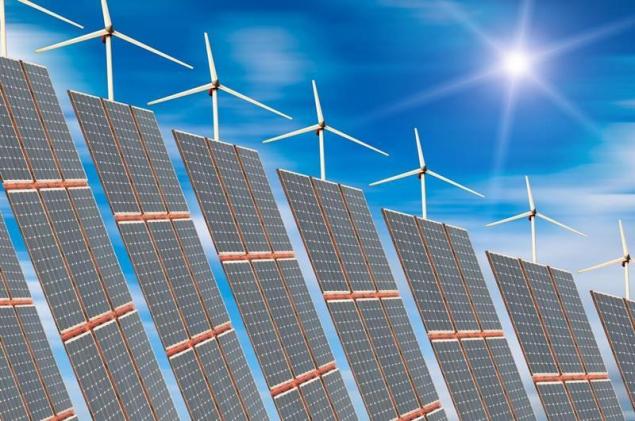
Carbon-neutral energy this includes such forms of energy which, passing the full cycle of extraction, production, distribution, use and decommissioning have emissions per kWh in the range of 10 to 100 g CO2 per kWh after reduction of environmental impact or remediation. According to these standards nuclear, solar and wind energy is neutral. published
Source: hightech.fm/2016/08/30/energy-terms

Alternative energy is the form of electricity that does not belong to the dominant paradigm. At the time of 2016, alternative energy cannot be called obsolete forms of generating electricity such as hydro and nuclear power, because they are widespread. It is also interesting that solar energy can not be called alternative, but coal will soon be possible.
Clean energy Is a form of production, which throughout the cycle allocates only a small amount of chemicals, particles, harmful radiation or carbon dioxide. In the production of this energy for any harm to the environment is extremely localized and a global scale almost invisible. From this point of view, wind energy and solar, and nuclear (if the stations are located in safe places) obviously clean, unlike fossil fuels.

Distributed energy Term implies that the energy is produced near the point of consumption, and the surplus is distributed to the grid. An example of this approach is the roof with solar panels or a diesel generator.
Renewable energy It is energy consumption, which is either immediately resumes due to geological or atmospheric processes, or consumes so few resources of their total volume that they will last for tens of thousands of years or more, and thus the environment is not harmed. The energy of wind and Sun, without a doubt, renewable, and geothermal.

Carbon-neutral energy this includes such forms of energy which, passing the full cycle of extraction, production, distribution, use and decommissioning have emissions per kWh in the range of 10 to 100 g CO2 per kWh after reduction of environmental impact or remediation. According to these standards nuclear, solar and wind energy is neutral. published
Source: hightech.fm/2016/08/30/energy-terms
